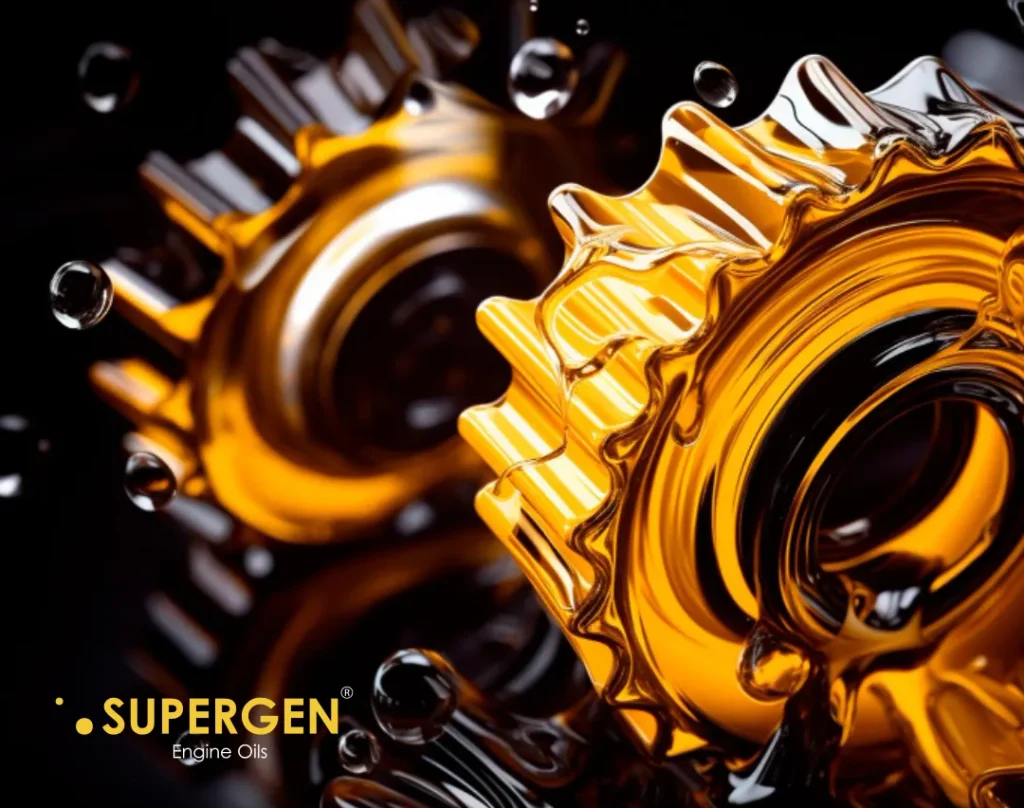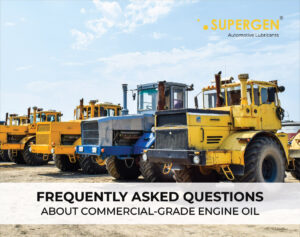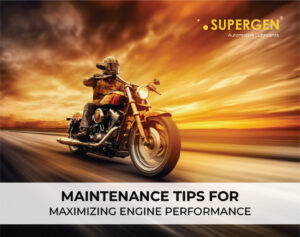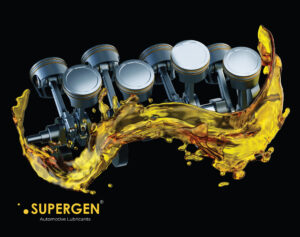Introduction:
Gear oil plays a crucial role in keeping our vehicles and machinery running smoothly. When it comes to choosing the right one, understanding viscosity is key. In simple terms, viscosity measures how thick or thin a liquid is. In the world of gear oil, we often encounter numbers like 90 and 140. But which one is thicker? Let’s break it down in easy-to-understand language.
Understanding Viscosity Numbers:
The numbers on gear oil containers, like 90 or 140, indicate the oil’s viscosity. Think of viscosity as the thickness or “stickiness” of the oil. Lower numbers, like 90, mean the oil is thinner, while higher numbers, like 140, suggest a thicker consistency.
90 Gear Oil:
SAE 90 gear oil is a mid-range viscosity grade, indicating its thickness at both low and high temperatures. This oil maintains a moderate thickness to provide adequate lubrication in a variety of operating conditions. SAE 90 is commonly used in manual transmissions, axles, and gearboxes of passenger vehicles, light trucks, and industrial machinery.
140 Gear Oil:
On the other hand, SAE 140 gear oil is a higher viscosity grade, signifying a thicker consistency compared to SAE 90. This grade is often recommended for heavy-duty applications where extreme pressure (EP) protection and enhanced load-carrying capabilities are paramount. SAE 140 is commonly found in the differentials and gear systems of heavy-duty trucks, industrial machinery, and off-road equipment.
Comparative Analysis:
- Thickness at High Temperatures: In terms of thickness at high temperatures, both 90 and 140 gear oils are designed to maintain adequate viscosity to ensure proper lubrication. However, the key distinction lies in their performance under extreme conditions. SAE 140, being thicker, offers enhanced film strength, making it better suited for applications subjected to high loads and severe operating conditions.
- Cold Temperature Performance: Cold weather performance is a crucial consideration, especially in regions with low temperatures. SAE 90 gear oil typically has better cold flow properties than SAE 140, making it more suitable for applications where cold starts are frequent. The thinner consistency of SAE 90 at lower temperatures ensures prompt lubrication during start-up.
- Extreme Pressure (EP) Protection: Both SAE 90 and SAE 140 gear oils are formulated with extreme pressure additives to protect gears and bearings from wear under heavy loads. However, SAE 140, with its higher viscosity, excels in providing superior EP protection. This makes it the preferred choice for applications involving heavy-duty machinery and extreme pressure conditions.
- Fuel Efficiency Considerations: In applications where fuel efficiency is a significant concern, the viscosity of the gear oil can impact overall efficiency. SAE 90, being less viscous, may contribute to lower internal friction, potentially translating to slightly better fuel economy compared to SAE 140. This consideration is particularly relevant in the automotive industry’s pursuit of improved efficiency standards.
- Application Specifics: The choice between SAE 90 and SAE 140 ultimately depends on the specific requirements of the equipment. SAE 90 is commonly used in standard passenger vehicles, light trucks, and machinery where heavy loads are not the primary concern. In contrast, SAE 140 is preferred in heavy-duty applications such as construction equipment, mining machinery, and large trucks where robust EP protection is critical.
Choosing the Right Gear Oil:
The decision between 90 and 140 gear oil depends on the type of vehicle or machinery you have and the tasks it performs:
- Everyday Vehicles: If you’re driving a regular car or truck for your daily commute, chances are 90 gear oil is the right fit. It provides the necessary lubrication without being too thick for the lighter demands of typical driving.
- Heavy-Duty Machinery: For heavy-duty trucks, construction equipment, or other machinery handling substantial loads, 140 gear oil might be the better choice. Its thicker consistency can handle the extra stress and pressure associated
with these applications.
Practical Tips:
- Follow Manufacturer Recommendations: Always check your vehicle or machinery’s manual for the manufacturer’s recommended gear oil viscosity. They know your equipment best and can guide you to the right choice.
- Consider Operating Conditions: Think about the environment your vehicle operates in. If it’s a hot climate or you’re hauling heavy loads, a thicker oil like 140 might be more suitable.
- Regular Maintenance: Just like changing the oil in your car engine, don’t forget about your gear oil. Regular maintenance, including timely oil changes, ensures optimal performance and longevity for your machinery.
Conclusion:
In the dynamic world of gear oils, the choice between 90 and 140 viscosity grades boils down to the demands of the application. SAE 90 gear oil offers versatility, particularly in moderate-duty settings, providing a balanced viscosity for various operating conditions. On the other hand, SAE 140 gear oil steps up to the plate when confronted with heavy loads, extreme pressures, and severe operating environments.
As you navigate the maze of gear oil choices, understanding the implications of viscosity grades empowers you to make informed decisions aligned with the specific needs of your machinery. Whether you opt for the versatility of SAE 90 or the robust protection of SAE 140, remember that the thickness of gear oil plays a pivotal role in ensuring the smooth operation and longevity of your equipment.








